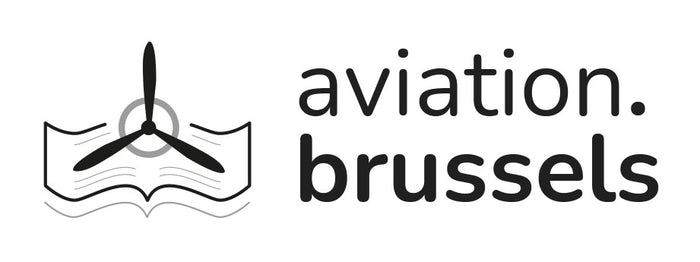SPITFIRE MARKINGS OF THE RAAF, Part 1



Prix régulier 20,00 € TTC 6%
Characteristics
| Book cover finish | Offset varnish, Stapled |
| Special features | Perforated copy, First edition, Numbered copy ( Series 3, No. 5 ), Original edition ( O.E. or Or.E ) |
| Condition | Used, acceptable |
| Number of pages | 23 |
| Published date | 1971 |
| Language | English |
| Collection / Series | HISTORIC AIRCRAFT BOOKS |
| Size | 17 x 25 x 0.2 cm |
| Authors | Frank Smith & Geoffrey Pentland |
| Editor | KOOKABURRA TECHNICAL PUBLICATIONS |
Description
Following the entry of Japan into the Second World War, the first Spitfires to equip the R.A.A.F. arrived at a time when they were sorely needed to counter the weight of heavy air attacks on cities and towns in north - west Australia. The home defence situation at that time was sufficiently alarming to warrant the release by the British Government of two R.A.A.F. Spitfire Squadrons which had been serving under R.A.F. operational command in the U.K. The two Squadrons, No.'s 452 and 457, together with No. 54 Squadron R.A.F. made up the R.A.A.F.'s newly formed No. 1 Fighter Wing ( often referred to as " The Churchill Wing " ) at Richmond, NSW, in August 1942.
( ... ) The first machines of the 657 eventually delivered to the R.A.A.F. ( 247 Mk Vc's, 251 Mk VIIIs and 159 HF VIIIs ) were uncrated and assembled in August 1942. By the time sufficient aircraft had arrived to equip the three Squadrons there was already a diversity in camouflage. Several transport vessels ferrying Spitfires to Australia had been sunk en route, requiring a diversion from the Middle East of replacement aircraft. These machines, tropicalized Mk Vc's, bore the British desert scheme of dark earth and middle stone with azure blue undersurfaces. This scheme was considered by the R.A.A.F.'s Directorate of Technical Services to be unsuited the the tropical conditions prevalent in the North Western Area and accordingly, orders were issued to overpaint the middle stone areas on those aircraft with R.A.A.F. foliage green. ( ... )
Excerpt from page No. 1.




